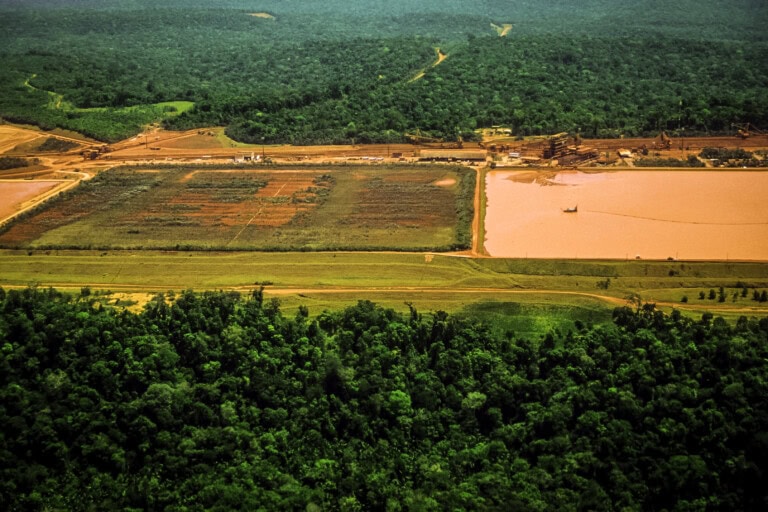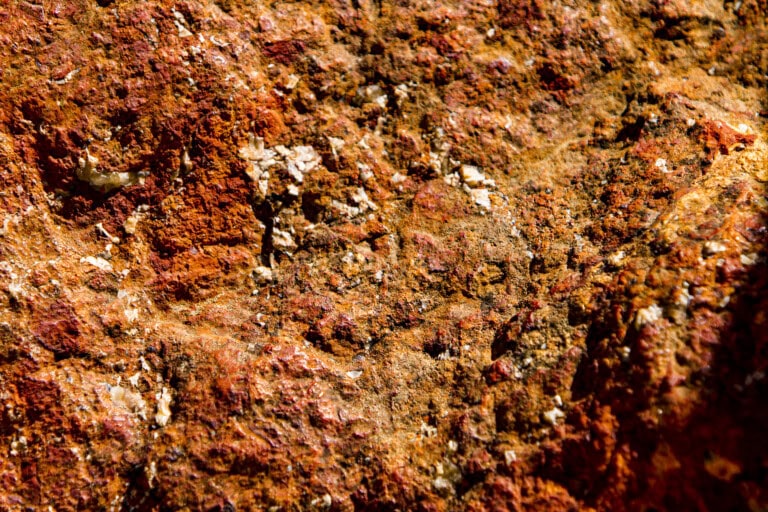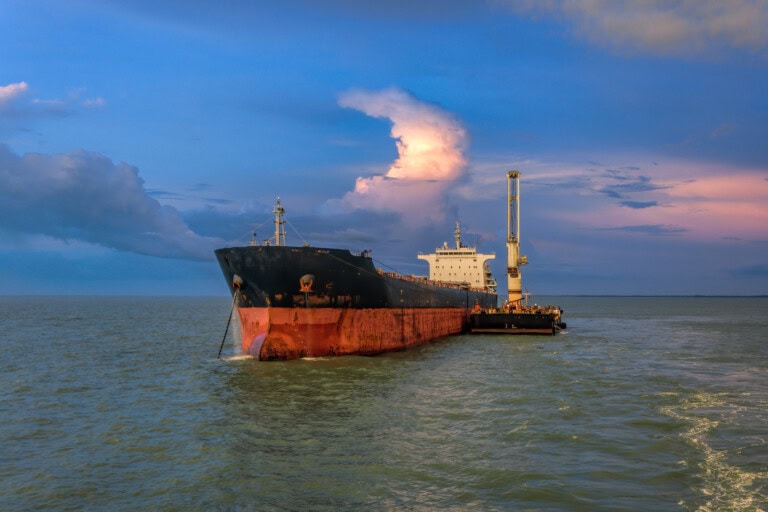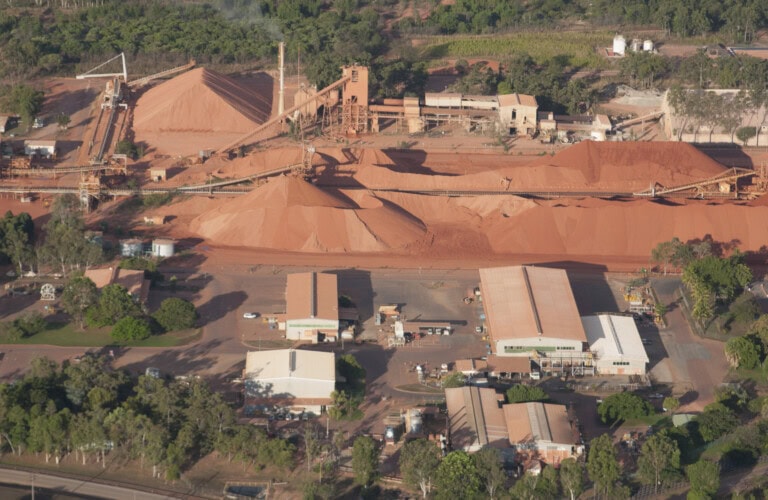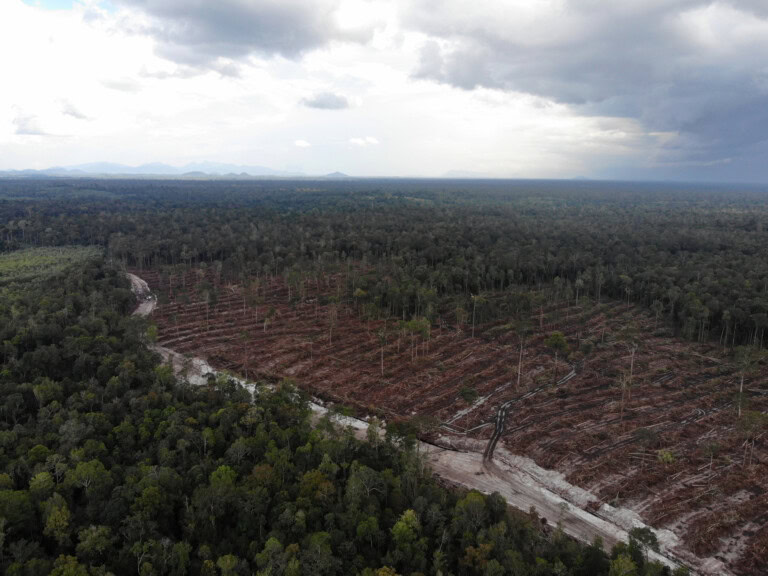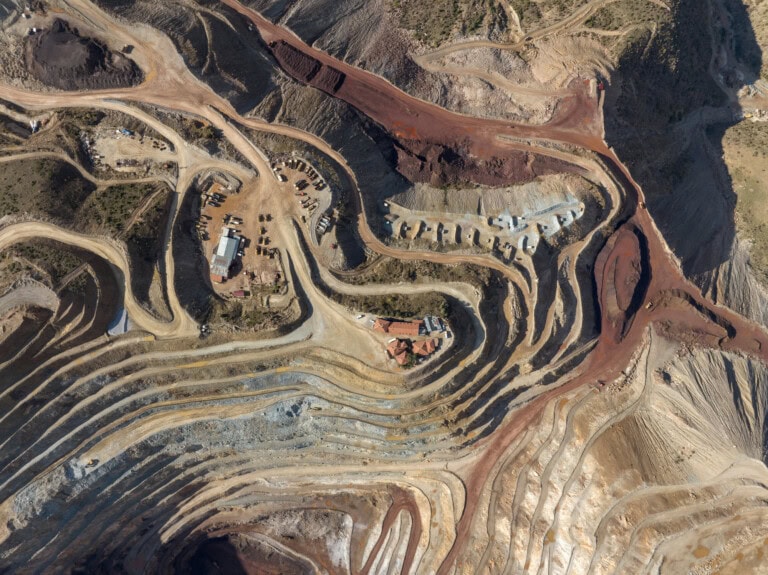Aluminium
Aluminium ore, or Bauxite, is the raw material used for the production of aluminium, which is extensively used in construction for its anti-corrosive and lightweight properties. It is applied as a lightweight and structural material, for example in window and door frames, roofing, and cladding. Bauxite is extracted mostly from Australia, China, Guinea, and Brazil. All raw materials are ultimately confined to these locations of supply.
Key Statistics
Material Extraction
Open-pit mining, also known as surface mining.
Key Impacts
Habitat destruction
Associated infrastructure
Water use
Contamination and pollution of soil and water
Explainer
Tailings are the waste materials that remain after the extraction of valuable minerals from an ore during the mining process. They are typically in the form of a fine-grained, slurry-like substance and are stored in large impoundments or tailings dams. Tailings contain residual minerals, chemicals, and other by-products of the mining process, such as crushed rocks and processing chemicals.
Existing safeguards and certifications
The Aluminium Stewardship Initiative (ASI) has developed two standards, the ASI Performance standard and the ASI Chain of Custody standard, which set requirements for the responsible sourcing, production, and stewardship of aluminium. This includes activities on mining bauxite, the raw material for aluminium production. In order to label aluminium as ASI certified, in needs to be produced by an unbroken chain of ASI Certified Entities through the supply chain.
Best practice and recommendations
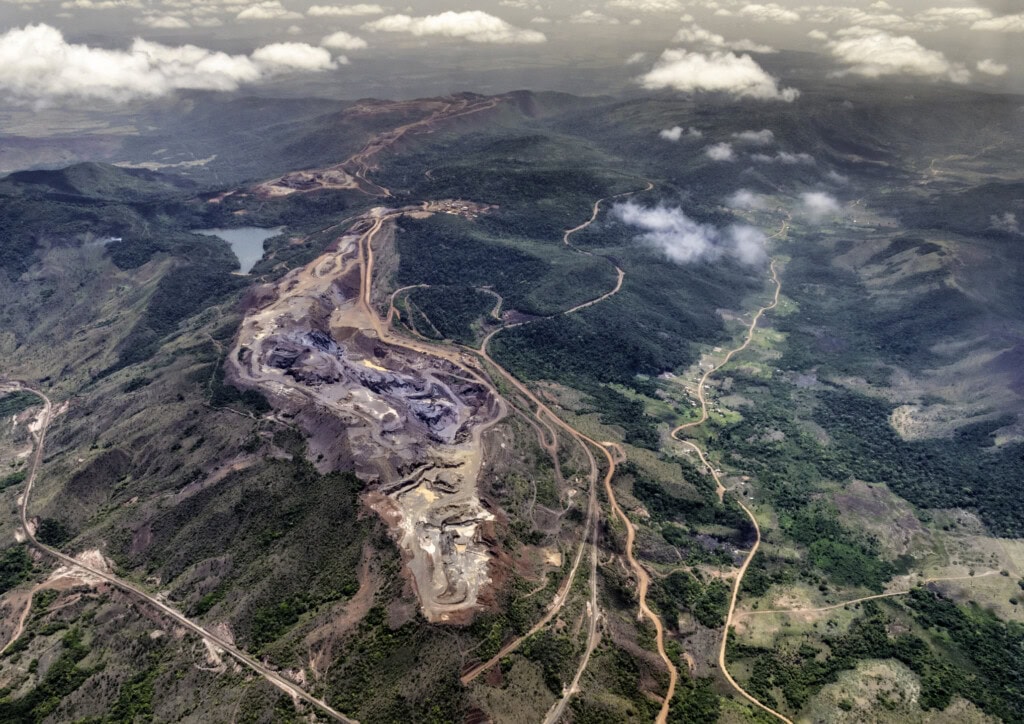
Solutions
- Aluminium recycling. Recycling of aluminium offers a great opportunity as it can be recycled infinitely with no loss of quality. Currently, the share of secondary aluminium production from scrap is around 35% of the total production according to data from the International Aluminium Institute. Global collection rates for aluminium are currently over 95% for manufacturing scrap and around 75% for end-of-life scrap. This should be increased by better recycling infrastructure such as extended producer responsibility schemes.
Summary
Aluminium is a high-performing material with high ecological impacts. Its recyclability makes it a key player in a circular economy that does not depend on new extraction of virgin material. However, mining of raw materials needs to be driven down, while scrap collection, sorting, and recycling needs to be scaled up to facilitate a circular economy.
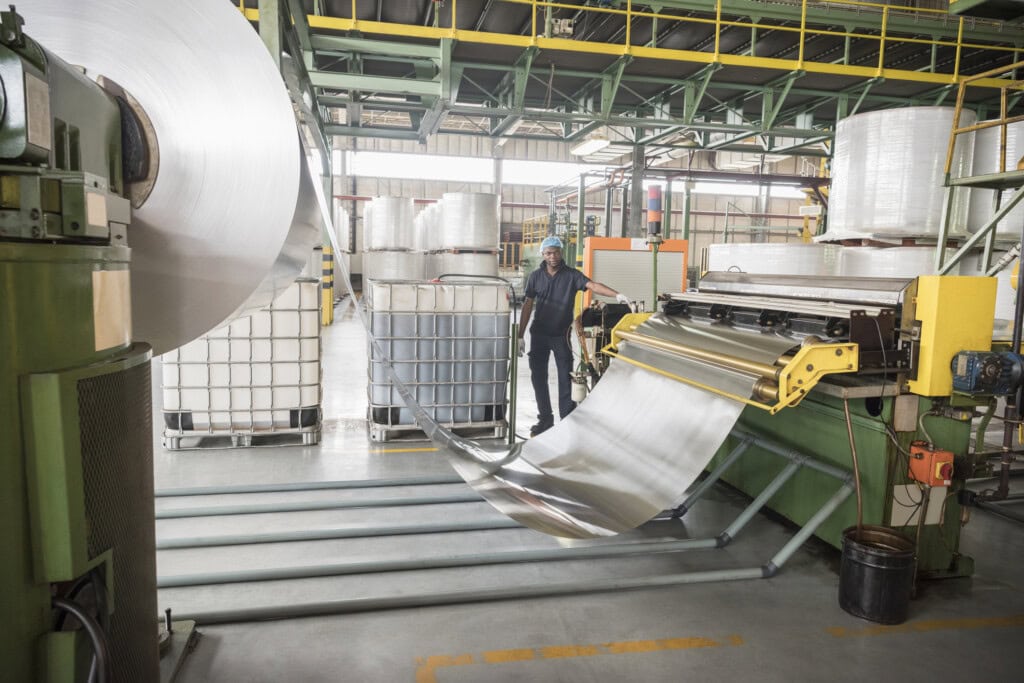
Explore other materials
Aggregates
Globally, almost half (46%) of all primary aggregates are used to manufacture concrete and cement. Just over a quarter is used in roads and 2% is used for railway ballast. The rest is used to provide drainage, fill voids, protect pipes, provide hard surfaces, and in water filtration and sewage treatment processes.

Cement
Cement is a fine powder made from a mixture of limestone, clay, and other minerals, which is commonly used as a binder together with aggregates to make concrete. There are various types of cement, such as Portland cement, slag cement, and fly ash cement, each with different properties and uses.
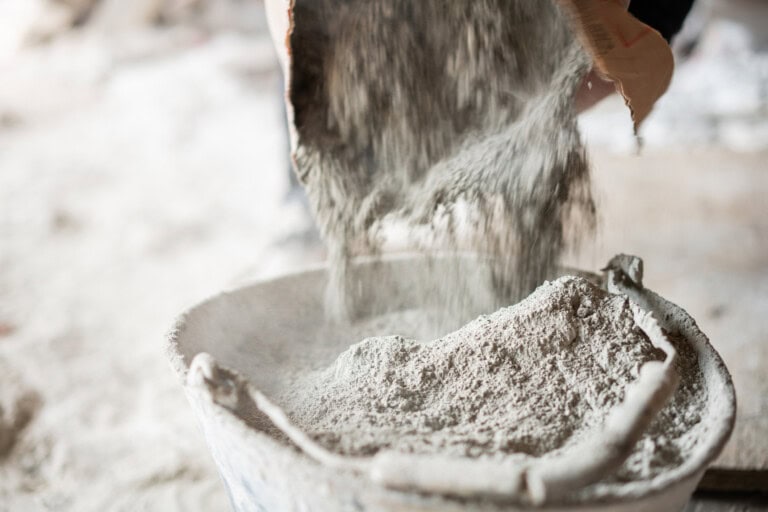
Iron Ore
Iron ore is a natural mineral deposit that contains iron in various concentrations and is the raw material for the production of steel. It is the world’s most extracted metal and the basis for the production of steel, one of the biggest commodities worldwide.
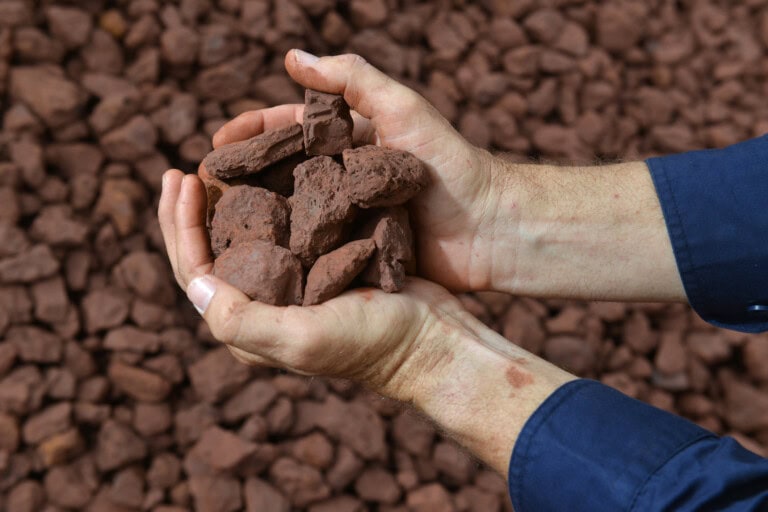
Timber
As a renewable material with the ability to sequester carbon, the interest in timber has surged in our industry. The majority is used as sawn softwood and boards, while 1 percent is used to produce glue-laminated timber (Glulam) for load bearing elements such as rafters, or cross-laminated timber (CLT) for surfaces such as walls and floors.

